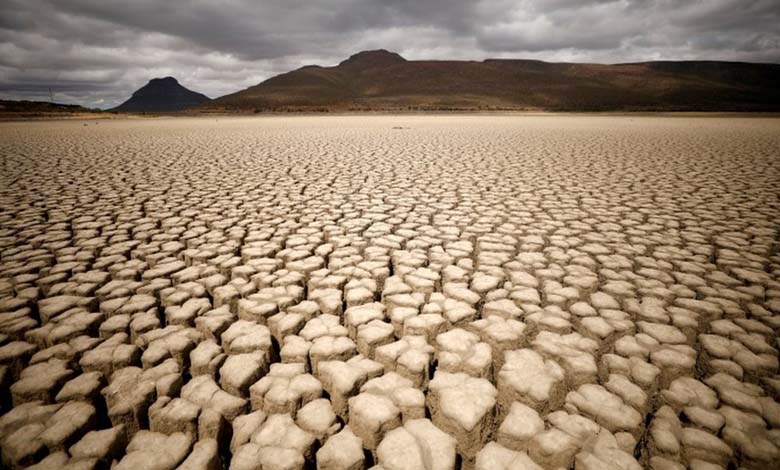Climate change weakens the ability of structures in Siberia to resist warming

In Siberia, the melting of “permafrost” exposes the region to many risks due to the damage caused by warming to structures and infrastructure. This has prompted authorities there to develop mechanisms to predict the consequences of warming and climate change.
Yakutsk in Siberia, with a population of around 350,000, is the world’s largest city on a permafrost layer.
There is a reality that entails many risks resulting from ice melting, including the inability of buildings to resist climate warming. The unique climatic conditions surrounding Yakutsk impose specific frameworks for construction methods, considering the characteristics of local soil and the significant temperature differences that may occur.
Yakutsk has witnessed active construction operations in recent years, which in itself puts pressure, as most of the adopted construction techniques involve driving stakes into the frozen ground. Stakes allow ventilation below the building and prevent the soil from heating up.
Installing these stakes at a depth of 6 meters was sufficient during the 1960s. Still, the changing climate conditions and their impact on soil temperature now require installation at greater depths, or else the structures become unstable, developing cracks and fissures.
Sergei Stepanov, the director of the Computational Predictions Laboratory at the Far Eastern Federal University in Russia, commented on the issue, saying: “We have started monitoring emergency cases in some facilities that threaten their structure sometimes, especially with the active construction movement in Siberia. In my opinion, this is due to climatic factors and their interactions with other factors. The local soil consists of layers; the top layer melts in summer and freezes in winter, about three meters in Yakutsk.”
Stepanov added “This frozen soil layer is followed by permafrost, which explains the depth at which the stakes are installed, depending on the resistance of the ice layer we are talking about.”
The laboratory, responsible for Stepanov’s research, specializes in developing three-dimensional computational predictions, anticipating what will happen to the region’s buildings in the coming years. The experts estimate the possibility of constructing a building or not, in this or that location.
Not far from that, other equally important research continues, focusing on studying and developing materials used in construction based on available data.
The researcher in the field of concrete structures, Timur Nazarov, explains this, saying: “We are studying the reaction of different types of concrete structures used in construction to climate changes and their aspects. We determine the durability of structures in the laboratory by exposing them to different conditions and temperatures. Some may lead to cracking and breaking part of the studied materials, while the tolerance indicators increase in another part. All this helps us understand what happens to the composition of concrete structures under the influence of warming because the melting of permafrost reflects on its properties to that extent or another.”
The challenges of warming and the equivalent density of construction in Siberia may compound problems related to the region’s housing and infrastructure, complicating ways to preserve them in the future.
Expectations suggest the need to take more measures to curb climate volatility, in addition to those currently in effect. Some of these measures take the form of black pipes installed next to a significant part of the buildings to cool the soil by pumping cold air into it until it reaches the freezing point.












